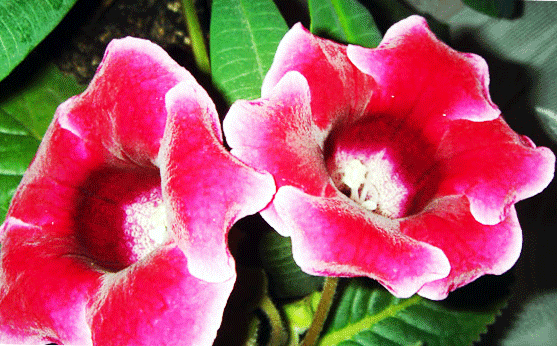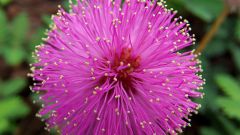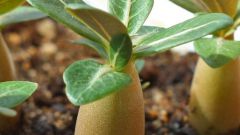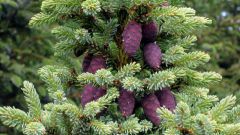You will need
- - the seeds of gloxinia;
- - the ground;
- - capacity for seedlings;
- lamp supplementary lighting;
- - water.
Instruction
1
Purchase seeds of gloxinia in the store or get them from your plants. To do this, shake lightly in the morning the flowers that have been pollinated. Can use a cotton swab, moving with the help of this tool pollen from flower to flower.
2
If this happens, then after a few days in the place of the faded Bud forms a seed capsule. Allow it to ripen. This usually occurs 6-8 weeks. As soon as the box to open slightly, cut it off with a small part of the stem, place on a saucer or in the Cup. When the seeds are ripe, they will sleep on the saucer.
3
Prepare a suitable substrate. To do this, take one part sand, peat and loam. Can buy ready-made organic substrate. Before sowing seeds of gloxinia treat the soil. Place it in the freezer for a day or for 15 minutes in a microwave oven, with the full capacity. Before planting, keep the ground in the room so it has acquired the desired temperature.
4
Pour the soil into a suitable container. Pour it with warm boiled water, lightly tamp down with your palm to little seeds of gloxinia do not fall inside. Scatter them on the soil surface. Cover film or glass, not to evaporate the moisture. Place the cuvette in a bright warm place. This will suit a Sunny windowsill, flower display rack with lighting. In the latter case, place the container directly under the lamps.
5
Some seeds will germinate in a week and others this process can take up to 1.5 months. As the drying of the soil, water it gently using a spray bottle. Provide the plants 12-14 hours of light a day dosvechivat them.
6
As soon as the seedlings appear 2 true leaves, transplant them in a shared capacity, to withstand the distance between plants 2x2 see this is Usually done when the seedlings will be a month. First, moisten the earth with a spray bottle, 2-3 hours to dive down.
7
During the growth of gloxinia seedlings should be transplanted 3-4 times. Second pick do 20 days after the first, giving the plants more nutrition area. Transplant them in one capacity, but less often. The large plants raspakirati in a separate 100-gram cups. In mid-may they can be planted in the flower garden at the cottage or continue farming at home.
8
When the plants will be 65-67 days, transplant them into individual small pots. After that you will wait for the flowering of your charges, which will come very soon.
Note
Gloxinia seeds germinate in the light, so do not cover them with soil and is not removed in the dark until germination.
Useful advice
If you plan to plant the seedlings into the garden, start seed germination in early to mid-February.





